Ulrich Schnauss has over several years gained the utmost respect in the circles of quality electronic music.
After starting out within the drum ‘n’ bass genre, his work evolved into that of instrumental electronica, remixing major artists including PET SHOP BOYS and DEPECHE MODE along the way.
The consistent quality of Schnauss’ output culminated in what could be seen as one of THE ultimate accolades in electronica with him being asked to join the legendary TANGERINE DREAM.
Ulrich kindly took time out from his busy schedule to speak openly to ELECTRICITYCLUB.CO.UK about his musical history, involvement with TANGERINE DREAM and his forthcoming album ‘No Further Ahead Than Today’.
Your Allmusic Biog states that Ulrich Schnauss is, and I quote, a “Slightly mysterious Berlin producer who merges the textural layering of shoegaze with rhythm-savvy UK techno beat mining”, do you feel this is an accurate character summation?
I’m never too keen on associating myself with particular genres – like most musicians I guess! However, undeniably the early 90s Shoegazing sound had a big influence on my music – and the same applies to UK techno and electronica. If someone would ask me, I’d just say that while I’m using electronic instrumentation, I’m trying to make music that tries to avoid fetishizing technology and communicates emotion instead.
You grew up in a small town called Kiel which is on the Baltic Sea, how much of an influence did this have on your music?
I’m sure it had some kind of impact – I remember talking to Andy Sherriff from CHAPTERHOUSE and he said that they tried to create beautiful music as a counterpoint to the ugliness of the place they grew up in (Reading in Berkshire).
It’s an approach I can relate to very much. if I’d grown up in a nice environment, I probably would’ve started a death metal band!
What prompted your move away from early dabblings with drum ‘n’ bass and your eventual transition into electronica?
As much as I loved D ‘n’ B throughout the 90s – towards the end of the decade, I had the feeling less and less forms of musical expression were tolerated. It was increasingly just about delivering fodder for the DJs so that they could fill the dancefloor. I’ve got no issues with dance music per se – on the contrary, however as a musician, it’s not particularly fulfilling if you’re being forced to work in a very restrictive framework.
Were you surprised by the amount of attention that your debut album ‘Far Away Trains Passing By’ gained?
Oh, yes – very much so; in fact even today I’m still surprised that many people seem to like my music. Particularly as I perceive it as quite out of sync with any sound that could be considered hip or trendy at the moment – and deliberately so!
What were the factors that made you relocate your studio set-up to London?
I just always wanted to live in one of those cities that give you the feeling of being in a place where the whole world is gathering in one spot – and that is certainly something that applies to London.
Where many producers of instrumental electronic music are happy to go the software route, your studio is jam-packed with a jaw-droppingly enviable collection of analogue synths – does this speed up or slow down the process of writing?
This has changed quite a bit in the last three years actually – for a very long time I insisted on sticking to hardware as I didn’t have the impression that software was able to match the depth and warmth hardware could provide. However, things have changed a lot recently – my new album is almost exclusively done using software which gave me the freedom to take my set up to a friend’s place in the countryside – which is where I recorded most of the album.
THE PRODIGY’s Liam Howlett was once quoted as saying that he became intimidated by having a big studio with tons of gear in it and the associated pressure to write successful songs using it, is that something that you’ve ever experienced?
To a degree – yes. For instance, I had an Oberheim 8 voice system – wonderful instrument, but it was a bit of pain always having to wait until it had warmed up and then tuning all 16 oscillators individually.
However, in those days when software simply didn’t match the sonic quality of hardware, I was always happy to pay that price… quite literally!
Is there a still a synth that is on your wish list that you feel would make your musical life complete?
There are interesting new instruments coming out on a monthly basis these days – I can’t say I’m missing anything particular. It’s actually more about finding the time to investigate the existing possibilities – currently learning to program Tone2’s new Icarus Wavetable synth for instance.
The influence of Shoegaze artists such as MY BLOODY VALENTINE and SLOWDIVE on your music is an interesting one as none of the original bands from this era were especially known for their use of synthesizers, what made you integrate elements of their sound into your work?
I’ve always had a particular interest in music that uses instruments in a way that disguises their heritage. One could say that shoegazing was about making guitars sound like synths – this approach (almost accidentally) created a new sound. It just seemed logical to see what happens if one would apply this the other way round – making synths sound like guitars.
Your solo live set-up seems very minimal in comparison to your mainly analogue studio one, are you reticent to take your synths out on the road?
It just wouldn’t make sense as well – my live sets are about re-arranging and re-mixing existing songs – I wouldn’t gain much from playing one line on a synth but being tied to a fixed structure from a backing track otherwise.
Over the last few years, electronic-based solo artists such as JON HOPKINS and NILS FRAHM have had good success with their music, how do you rate their work?
They are both people who totally deserve the status they’ve achieved and I’m generally very happy that the cultural climate is changing again in a direction that allows electronic music to be perceived in a way that’s exceeding the limitations of ‘DJ culture’.
How important is it for producers of instrumental synthesizer music to get their work marketed / featured in alternative ways eg sync / TV / advertising work?
It’s imperative I’d say. I couldn’t make a living just based on record sales and gigs – without syncs, it’d be over immediately.
You have remixed several high profile artists from COLDPLAY through to PET SHOP BOYS and DEPECHE MODE, do you have a favourite remix and why?
It’s always changing – at the moment I’d say my favourite would be a remix of a traditional Italian song ‘La Pagliarella’. I had nothing to work with besides an acappella – but somehow this provided an inspiration for a piece I’m still very happy with.
The world and its wife is going crazy for the ‘Stranger Things’ Netflix TV series and its soundtrack by S.U.R.V.I.V.E. – why do you think the sound and influence of acts such as TANGERINE DREAM and JOHN CARPENTER in the series has suddenly hit the mainstream public’s interest now?
I think the ‘Stranger Things’ soundtrack was very well done – secondly, it’s always good to see stuff you enjoy personally getting a wider exposure.
You have always cited TANGERINE DREAM as an influence, how did it feel to be asked to join the band in 2014?
Oh, that was probably the happiest moment in my musical life – and a complete surprise. Edgar invited me to Austria – I thought it would just be a friendly visit. But then he asked me to sit down at the piano and improvise – suddenly it dawned on me that this may be a little more serious than I had anticipated! Luckily he liked what I was playing and said “welcome to the club” once I had finished.
With the passing of Edgar Froese, were there any doubts as to whether it was the right thing to do in carrying on the band’s name without him?
Definitely – and from my perspective those doubts still do exist.
However, I believe it’d be a crying shame if the music Edgar, Thorsten and I had started working on for a new album would just disappear – and secondly, Edgar had expressed towards his wife Bianca that he’d appreciate if his vision for the ‘Quantum Years’ would be fulfilled.
How does the band go about choosing which songs to play from TANGERINE DREAM’s back catalogue?
I’d say it primarily requires an emotional connection between a song and the person who’s doing the major work on the respective backing track. To give you an example: I’m not sure if I’d be capable of coming up with a good enough version of ‘Streethawk’, but I recently worked on ‘Dolphin Dance’ and had a most wonderful time doing so.
The ‘Live at the Philharmony Szczecin – Poland 2016’ album has some superb re-interpretations of several TD classics. Between yourself, Thorsten and Hoshiko, how did you go about this process and how did you decided who played what parts?
It’s not that difficult to decide really – Thorsten is the better player so he’ll of course do the solos. I’m much more comfortable with pads and chords. Hoshiko’s contributions again are simply determined by her instrument, it’s range and colour.
How much of the rehearsal / preparation process is done in a room all together?
All of it – we usually meet in Thorsten’s rehearsal space in East Berlin and play there.
Are there plans for many more TANGERINE DREAM live dates?
Yes, quite a few things being worked on at the moment actually, nothing that I can announce at the moment though!
With your current musical workload, what percentage is TD and how much is dedicated to your own solo work?
At the moment it may be something like 55/45 in favour of my solo stuff – that’s a good balance. Who knows – if some TD related projects appear that require enhanced attention (soundtracks etc) I’d obviously adjust accordingly.
With the release of the upcoming album ‘No Further Ahead Than Today’, what can we expect from the album and will there be live dates to support it?
There’s a couple of London shows in November – more being worked on at the moment. As for the album – in part it’s a return to my core sound from about 15 years ago, but with the big difference that I used completely different instruments (‘in the box’ rather than hardware). I hope for the listener the result provides an interesting mixture of new and old – new methods of synthesis and a familiar sense of escapist euphoria!
ELECTRICITYCLUB.CO.UK gives its grateful thanks to Ulrich Schnauss
Special thanks to Sarah Puttock at Waveform Press
‘No Further Ahead Than Today’ will be released on 4th November 2016 through Scripted Realities
ULRICH SCHNAUSS has an in-store performance at London’s Rough Trade East on Tuesday 8th November at 1:00pm, entry is free
http://www.ulrich-schnauss.com/
https://www.facebook.com/ulrichschnauss/
https://soundcloud.com/ulrich-schnauss
Text and Interview by Paul Boddy
22nd October 2016

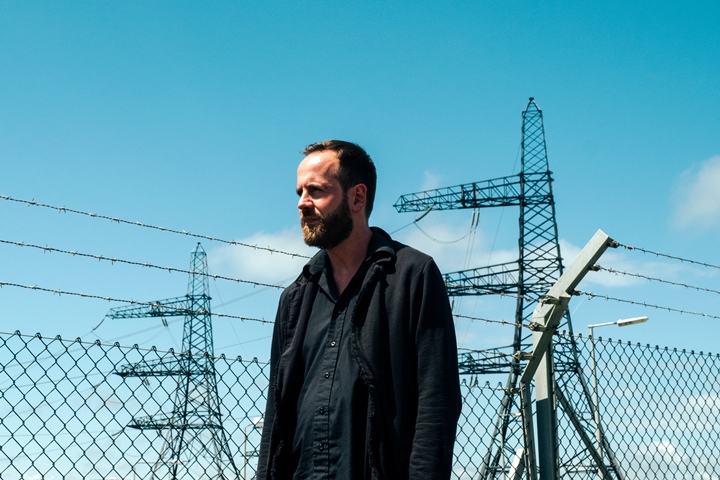


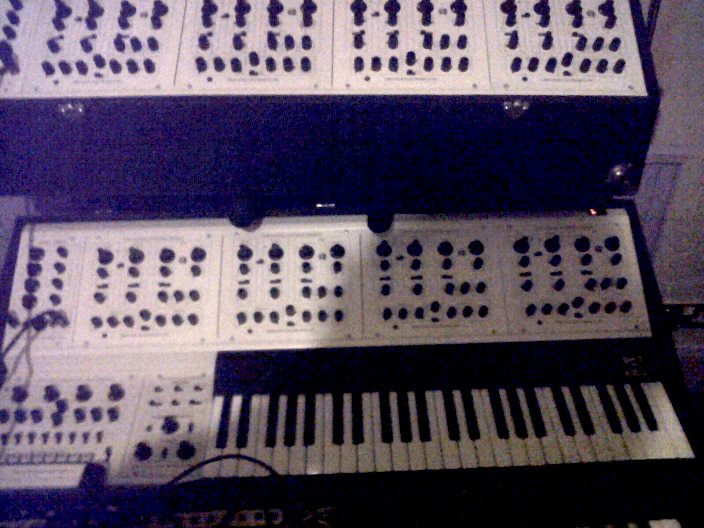
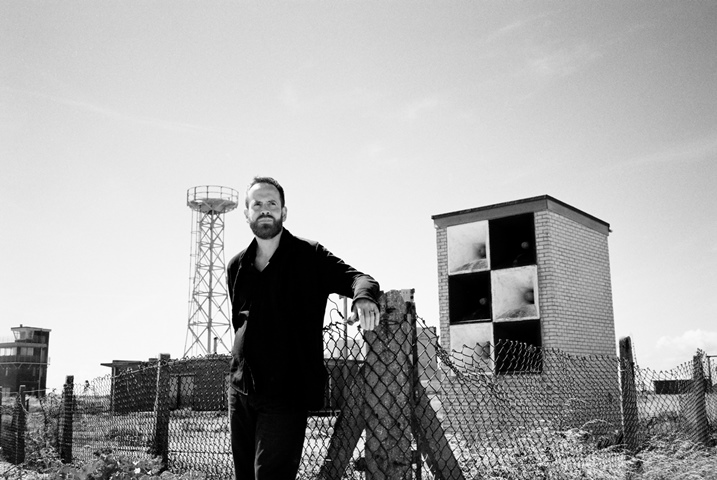
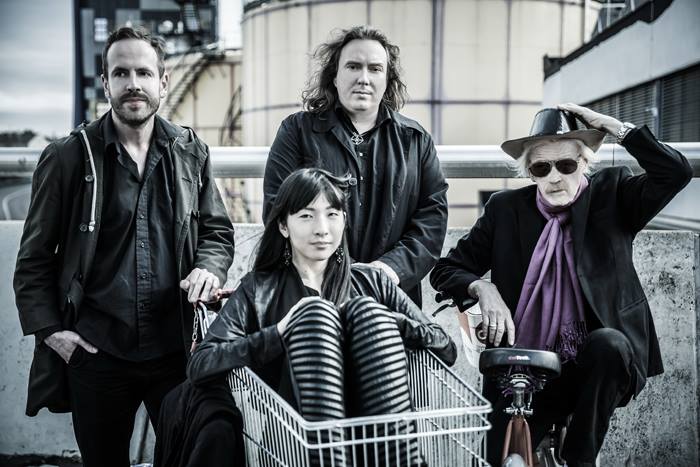
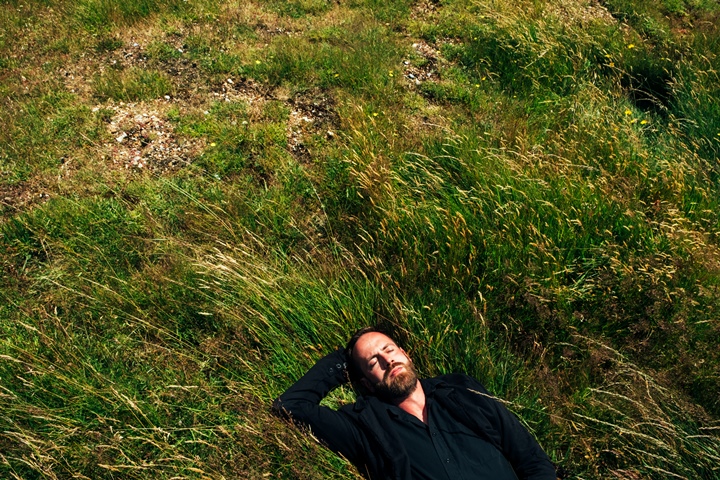
Follow Us!